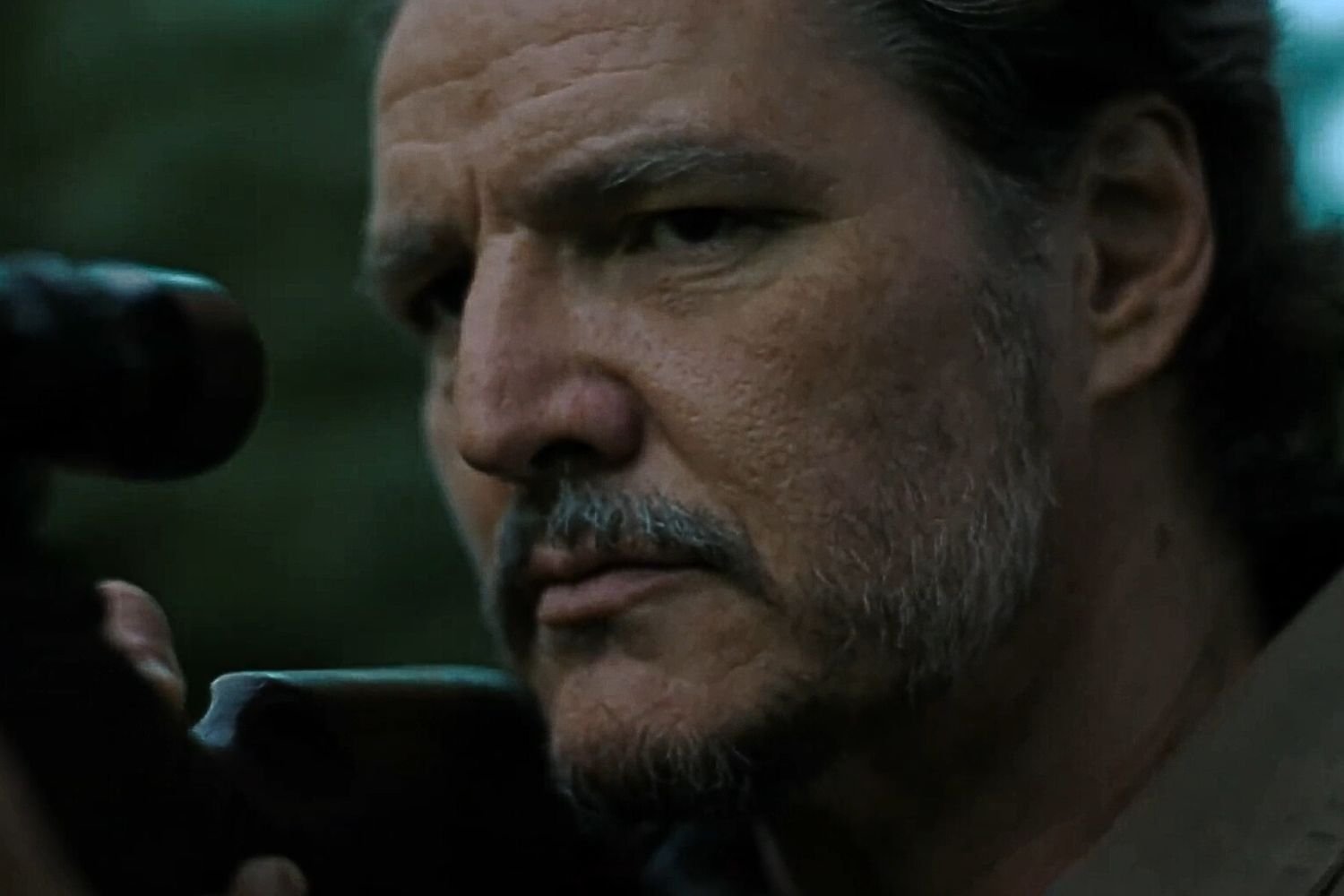Every country has its national heroes, figures who have performed acts relevant enough to change the course of history. In the case of Italy, that figure is Giuseppe Garibaldi, but long before fighting for the unification of the country, Garibaldi left his mark on the American continent.
So much so that he is also considered a hero in countries like Uruguay or Brazil, a true global revolutionary.
Young Italy. Garibaldi was born in Nice in 1807. From a very young age he showed interest in the sea, so much so that at the age of 15 he embarked on the Constanza and left for the Ukrainian city of Odessa. Giuseppe continued to have sea adventures and was appointed captain of the Clorinda at the age of 25. A year later is when his life would take a 180 degree turn. At that time, Italy did not exist as such, as the peninsula was divided into several States, and Garibaldi embarked on the ‘Young Italy’ movement.
Giuseppe Mazzini was the leader of this political association that laid the foundations for Italian unification, and Garibaldi was another of the prominent members of this movement that was based more on propaganda than on armed struggle, like previous initiatives. However, Garibaldi was captured and, for his role in the revolt, was sentenced to death.
American adventures. To escape his fate, he went into exile in 1836, reaching the American continent. Once in South America, he contacted former members of Young Italy and thought that he had not had enough in his homeland, so he decided that his destiny was to continue participating in revolutionary movements. The objective was different: while in Italy he sought unification, in South America he fought for the segregation of the former colonies.
Brazil. His first destination was Brazil, where he became one of the key people in the Farroupilha Revolt or Farrapos War. In this conflict, a republican ranching and slaveholding elite fought against the imperial government of Brazil with the aim of achieving the independence of the Province of Rio Grande do Sul. Garibaldi knew the soldier and politician Bento Gonçalves, one of the leaders of the revolt, and due to his experience as a ship captain, he was named lieutenant captain and commander of the farroupilha armada.


Garibaldi supervised the construction of two revolutionary warships, he also led several operations and participated in others, managing to resist imperial attacks and break blockades. He experienced failures, some enormous, such as the one at the Marombas River in which of the 500 Republican soldiers, less than 50 managed to escape, but also victories, he met who would be his wife -Ana María de Jesús Ribeiro- and carved out the image of a hero. in the revolt by having ideals against slavery and in favor of equality.
And Uruguay. In 1841 he crossed into Uruguay, where the Great War was being fought at the same time. It was a tremendously complex conflict in which there were no winners or losers, officially, at least, and in which the whites and the reds fought. Within the Colorado side was the protagonist of our story.
Garibaldi arrived in Montevideo to become a mathematics teacher, but as they say, the goat takes the hill and, in 1842, he assumed command of the Uruguayan fleet. He formed the ‘Italian Legion’ in which Italian immigrants exiled in the city intervened and, of all the episodes, perhaps the most relevant was the defense of Montevideo against the forces of Manuel Oribe. With a smaller number of men and with Garibaldi’s idea of carrying out the resistance far from the city, they repelled the attacks of the Confederate forces one by one.
Return to Italy. As in Brazil, the Italian leader made a good name for himself due to his fervent struggle in movements that defined the country’s subsequent politics, but he was nothing more than another piece and, in 1848, he decided to return to Italy with Ana María. It arrived, again, at the right time: when several revolutions broke out. Inspired by the ideals that he had reinforced in America, he returned to participate in what was his objective from the beginning: the unification of Italy.
It was a hero’s journey in which all the experience acquired in Brazil and Uruguay allowed him to face both the political and military challenges of the new campaign. It was not easy, since in the new campaign he fought against both the Austrian Empire and the Second French Empire. He was defeated and went into exile again, this time in New York, but he no longer did so in the company of Anita, who died of fever in August 1849.

And re-turn. Garibaldi spent time in Peru and New York, but in 1854 revolutionary hunger took hold of him again and he returned to Italy. He had an outstanding debt and now he planned to pay it off, fighting in both the Second and Third Wars of Independence. He already had a name, money and plenty of ability to command. With different victories, the unifiers managed to annex territories controlled by the French, Bourbons and Germans to the newly created Kingdom of Italy and, after the capture of Rome in 1870, Garibaldi was elected deputy by the Italian parliament.
Giuseppe was not very happy (in fact, he had to give up some of his ideals in favor of the well-being of the new kingdom and unification), so he resigned. He had not spent his life fighting for a republican ideal so that in the end what he wanted was not fulfilled, so he retired to his island -Caprera-, where he died in 1882.


There are several statues in honor of Garibaldi around the world. This is in Plaza Italia in Palermo, Argentina
Transnational hero. Garibaldi’s was a life dedicated to the fight for very specific ideals, but the curious thing about this character was not that devotion to combat in his land, but to the support of other political groups on the other side of the world. This earned him the “title” of “Hero of the Two Worlds” and he is one of those few historical figures who can be considered transnational heroes.
In Uruguay it is a symbol of the fight for national sovereignty, in Brazil an icon for its role in the Farroupilha Revolution and in Italy one of the highest representatives of unification. Such was the relevance of his person and figure that even Abraham Lincoln tempted him in 1861 for a position in the federal army during the United States Civil War, something that did not convince the protagonist of our story, but which showed that, in addition to a man of action, he was a living symbol of the ideals of freedom.
Images | Italy Square
In WorldOfSoftware | There is a tribe in Papua New Guinea that has a spiritual icon superhero. Blame it on World War II









